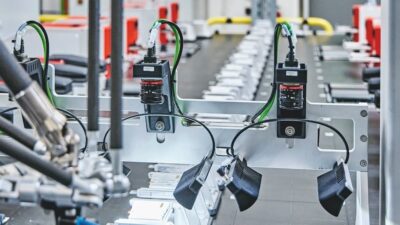Pick one: A or B. A. "Those people in our control engineering department are geniuses. They recommended and installed new sensors, networks, logic, actuators, and other hardware and software for monitoring and controlling our processes. I even can see on a browser the resulting economic benefits, not in engineering terms, but quantified in ways that mean something for our businesses.
Pick one: A or B
A.’Those people in our control engineering department are geniuses . They recommended and installed new sensors, networks, logic, actuators, and other hardware and software for monitoring and controlling our processes. I even can see on a browser the resulting economic benefits, not in engineering terms, but quantified in ways that mean something for our businesses. We need to fund more of their ideas—this is like printing money.’
B. ‘I just saw preliminary first-quarter results… and we didn’t make our numbers… again . Where are we going to cut this time to make up the difference? How about engineering? All those people do is ask for money. Who knows where it goes! Maybe with fewer people and a smaller budget, they’ll be forced to work smarter. If we don’t improve the bottom line more quickly, our parent company’s going to shutter this place. That message needs to get through.’
So is A or B closer to what your top management is saying? What are you doing to stay educated, apply your knowledge, and enable real-time communications about the value you provide to the organization, as described in A? And of course you know that even if you do everything in A, but don’t effectively communicate the message, scenario B may be what’s said and done.
Engineers are often so busy they may not consider their worth. With more real-time information capabilities, the value created in manufacturing can automatically feed other areas of the corporation, including upper management. Do the math and let everyone know that the next project can deliver return on investment in less than a year, and that it’s all gravy after that.
Recently I saw two positive examples of nearly identical implementations at different automobile manufacturers. Both were great applications and advances in technologies; one leaps a generation over the other.
One automaker was very pleased about installation of modular, electronic-based pneumatics, which significantly reduces complexity and increases speed of an ergonomic lift device. The hard-fought upgrade was deemed a major success. The other automaker took an even greater leap, having the floor-space and political capital to install robotics to perform nearly the same function—higher initial cost, but with greater safety, throughput, and savings over the technology lifecycle.
Get smarter about applying automation technologies and touting benefits. It’s like printing money.
Mark T. Hoske, Editor-in-Chief



